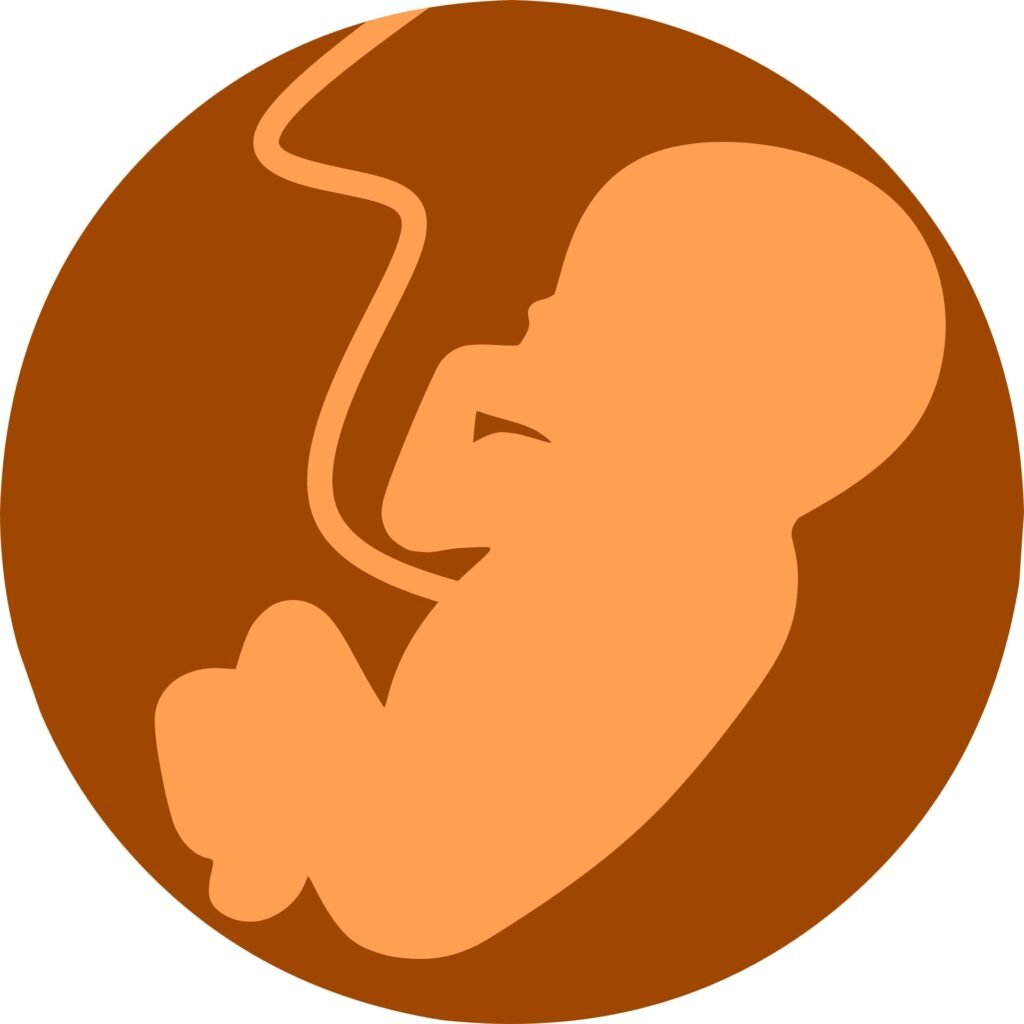The University of Waikato has recently conducted groundbreaking research that sheds light on the amount of light that reaches babies in the womb. This research has significant implications for our understanding of human development.
Published in Scientific Reports, the study utilizes mathematical modeling to accurately simulate the penetration of light through a pregnant person’s skin, body fat, muscle, and uterus, illuminating the womb environment. Lead researcher Professor Vincent Reid explains that this research provides crucial insight into the actual conditions inside the womb, challenging the long-held belief that it is dark in there.
Contrary to popular belief, the study reveals that the womb is not dark. In fact, the researchers found that a red spectrum light applied directly to the skin can illuminate the womb to a level comparable to an overcast night or a full moon in clear conditions. This new, precise model considers the optical parameters of each tissue layer to simulate how light behaves as it passes through to the womb.
The findings of this study open up a new field of science that focuses on the use of light for experimental research with a human fetus during the third trimester. This discovery has implications for understanding what the fetus experiences in the womb and raises questions about fetal vision and perception.
The research team at Waikato, including Ph.D. student Zac Isaac and Associate Professor Dr. Jacob Heerikhuisen, has paved the way for future experiments that explore how fetuses interact with light in the womb. This research provides valuable guidance for practitioners and researchers in the fields of fetal vision, ultrasound, and developmental psychology.
Professor Reid’s work has revolutionized our understanding of human development before birth and in the early years of life. By using advanced ultrasound techniques, his research has contributed to various fields, including epilepsy research and robotics. Ongoing studies within Professor Reid’s project aim to further explore fetal vision and perception, offering new insights into the development of human cognition.
The University of Waikato’s research marks a significant milestone in our understanding of fetal development and human perception. By shedding light on the womb environment, this study sets the stage for future discoveries in the field of prenatal science.


